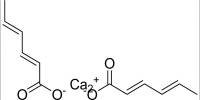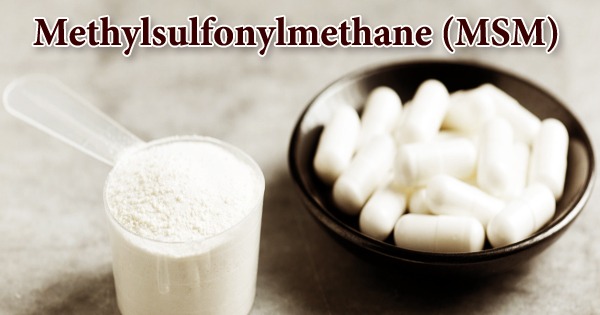Tin(II) iodide, also known as stannous iodide, is an ionic tin salt of iodine with the chemical formula SnI2. Its formula weight is 372.519 g/mol. It is a tin iodide. Tin is a chemical element with the atomic number 50 and the symbol Sn. It is a naturally occurring component of the earth’s crust that is primarily obtained from the mineral cassiterite, where it occurs as tin dioxide.
Properties
It is a red to red-orange solid. Its melting point is 320 °C, and its boiling point is 714°C.
- Molecular Weight: 372.52
- Appearance: red to red-orange solid
- Melting Point: 320° C (608° F)
- Boiling Point: 714° C (1,317° F)
- Density: 7.6 g/cm3
- Solubility in H2O: N/A
- Exact Mass: 373.711133
- Monoisotopic Mass: 373.711133

Tin(II) iodide is a less common tin halide than other tin halides like tin(II) fluoride, tin(II) chloride, or tin(IV) iodide. When combined with the synthesis of tin(IV) iodide, it demonstrates that when reaction conditions are varied, the same reagents can yield different products. Tin has two stable oxidation states: “stannous” tin (II) and “stannic” tin (IV). Tin, unlike carbon, can easily expand its octet and achieve coordination numbers greater than 4, as can the other heavier group 14 elements.
Several methods for producing tin(II) iodide have been reported. These include aqueous SnCl2 reactions with HI or iodide salts, electrolysis of a CuI or Hg2I2 solution in a cell with a tin anode, metallic tin reactions with elemental iodine, metallic tin reactions with HI, and reduction or photodissociation of SnI4.
Applications
Tin(II) iodide is used in the preparation of organic-inorganic perovskite thin films with uniform surfaces and strong photoluminescence. It is used as an analytical reagent in the spectrophotometric determination of rhodium and iridium. It also plays a role in the synthesis of CH3(CH2)11NH3]SnI3, a hybrid semiconductor with MoO3 type tin(II) iodide layers.















